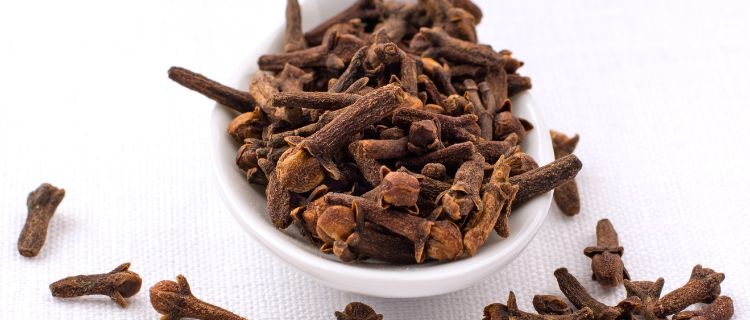Searching for a good substitute for sumac to assist in your cooking excursions? You’ve come to the right place. Here, we’re going to look at the best 8 substitutes for sumac and how you can use them while cooking. For the unaware, sumac (also pronounced sumach) is a spice popular in the middle east and is used as a seasoning in plenty of dishes. It adds a sharp red color and a sour flavor to the dish.
Now, whether you can’t find sumac despite searching in all the stores in the universe or whether your body hates it too much to the point of allergy, don’t you worry. The substitutes we recommend here ensure you never have to worry about sumac again, so why wait anymore? Let’s dive right in!
Outline
8 Best Sumac Substitutes in Cooking
1. Za’atar
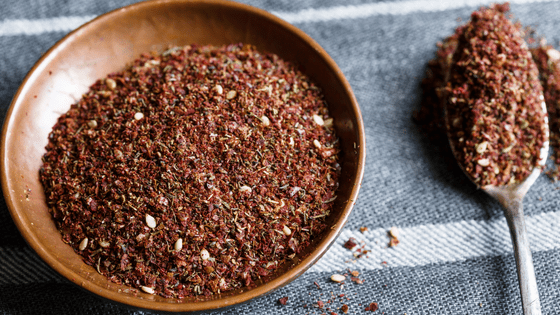
This is one of the best alternatives as sumac is used as one of its ingredients. Prepared using sesame, sumac, thyme, oregano, and marjoram, it has a more complex and nutty texture, compared to sumac. You can either spread it using some olive oil or directly sprinkle it on meatballs, kebabs, or salads as a final touch. Not just that, but you can also rub it with meat or fish before you cook them. A great way to add some flavor to your dishes, za’atar is the perfect spice for adding some tartness and texture to your dish than sumac alone.
How to substitute: Because it has an equivalent amount of sourness as sumac, you can use it in the same quantities as you’d use sumac.
2. Smoked Paprika
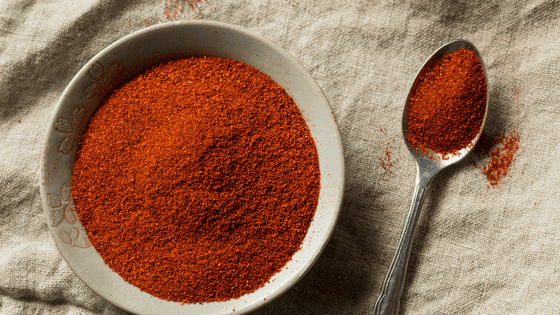
This substitute works when you’re primarily using sumac for its color rather than its taste. A Spanish item, it’s prepared by smoking pimentón over oak over time. Suppose you have to add sumac as a finishing touch on dishes like yogurt, you can instead go with smoked paprika. It has a smoky and woody flavor that tastes great when added as a finishing touch in dishes where you’d otherwise add sumac. It doesn’t have the same sourness as sumac, so it’s better to avoid this in case you want a sour touch to your dish.
How to substitute: Add it in the same proportions as you’ll add sumac if you want a touch of the red color of the spice.
3. Tamarind

A good blend of sweetness and sourness, tamarind is a good option if you want to add some tartness to your dish. Depending on the ingredients it’s mixed with, tamarinds can taste sweet or sour or anything in between. Like lemons, tamarinds can be consumed as both a spice and a fruit. They’re often consumed directly or as beverages, but you can add them to your favorite dishes to add some refreshing tartness! You can get their pods that are sold in dry form in the market, or you can get a paste for direct usage.
How to substitute: Use it in much smaller proportions relative to how you’d use sumac as the tartness is heavily concentrated here.
4. Lemon Zest

Made using the outer layer of the lemon peel, it retains the properties of a lemon without the bitterness present in the inner layer. The citric flavor is what you want and why it makes for a great substitute for sumac. Perfect as a dressing in dishes as they are, you should make sure to keep it in water for about 15 minutes to include its full flavor. Of course, you wouldn’t get the same colors, but otherwise, you’d be alright. In case you don’t have zest, you can simply squeeze a bit of lemon directly, though keep the quantity much lesser.
How to substitute: This can be added in similar quantities to how you’d use sumac as per your recipe or preparation method.
5. Lemon Juice and Pepper

A perfect combo of spiciness and tartness in one, both these components add to each other beautifully and provide a great flavor to your recipe. It has traditionally been used to cook seafood, but now it is used to season all kinds of meats. Not just that, they’re now also added to vegetarian foods, for the quirky taste that they so brilliantly add. Like our last substitute, this is not a great option in the color department. But if you don’t mind that, it adds a texture and taste quite akin to sumac. Outside of lemon and pepper, the seasoning can also include garlic, onion, salt, citric acid, and more.
How to substitute: Since they add a similar flavor, you can add comparable amounts of lemon pepper seasoning to your dish.
6. Ground Coriander
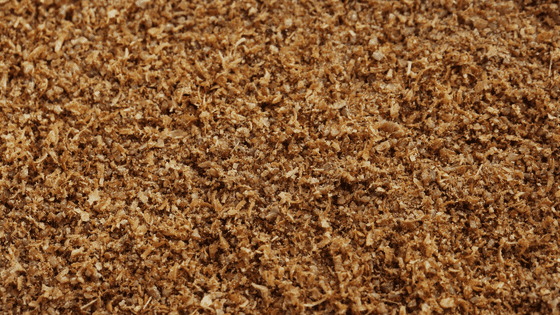
For a more subtle and pleasing tartness to your dishes, why not try some ground coriander? Ground coriander is nothing but crushed coriander seeds, and they are perfect for adding some earthy and nutty texture to your dish. While not as rich as sumac, they add their own subtle aroma and freshness that serve to increase your appetite. It’s a great alternative because of its tartness which is very similar to sumac. Particularly in cases when adding and later cooking the dish, ground coriander is a great option to go for. Ground coriander is used widely in gravies and curries because of its pleasant smell.
How to substitute: It can be added in the same quantity as you’d otherwise use sumac.
7. Vinegar

This should be more of a last resort than anything. Only when you can’t find the other substitutes provided here should you go for this. Vinegar is one of those items you can find in every kitchen, and therefore, this shouldn’t be hard to get your hands on. It is often used to add some tartness to a rich delicacy in order to keep a balanced flavor and texture. If the only purpose of your adding sumac to a dish is to add some sourness to it, then vinegar can do the same job for you.
How to substitute: Vinegar has a much higher citrusy nature, so you should employ it in lesser proportions than how you’d otherwise add sumac.
8. Amchoor
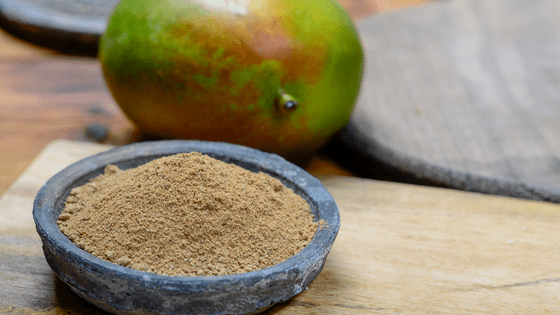
Often used in Indian cooking, amchoor is commonly used in pickles, chutneys, masalas, curries, and many more food items. Primarily sour in taste, it also has some of the sweetness of mango which gives it a unique and pleasing taste. If you want to add some sourness to your dishes and need sumac for that, you can also go with amchoor instead of that. Especially when cooking fish and meat, amchoor works as a great substitute for sumac.
How to substitute: You should use it in identical quantities to that of sumac as it has a very similar tartness to it.
Conclusion
I’m pretty sure that you’ve found a great substitute for Sumac by now, possibly even more! Like Sumac, these are very versatile and can be used with a number of dishes. See you next time, and I hope you have fun cooking your next delicacy!


